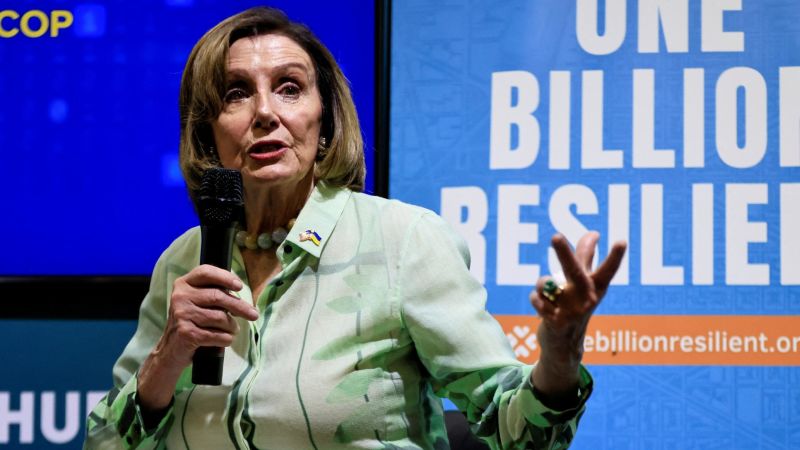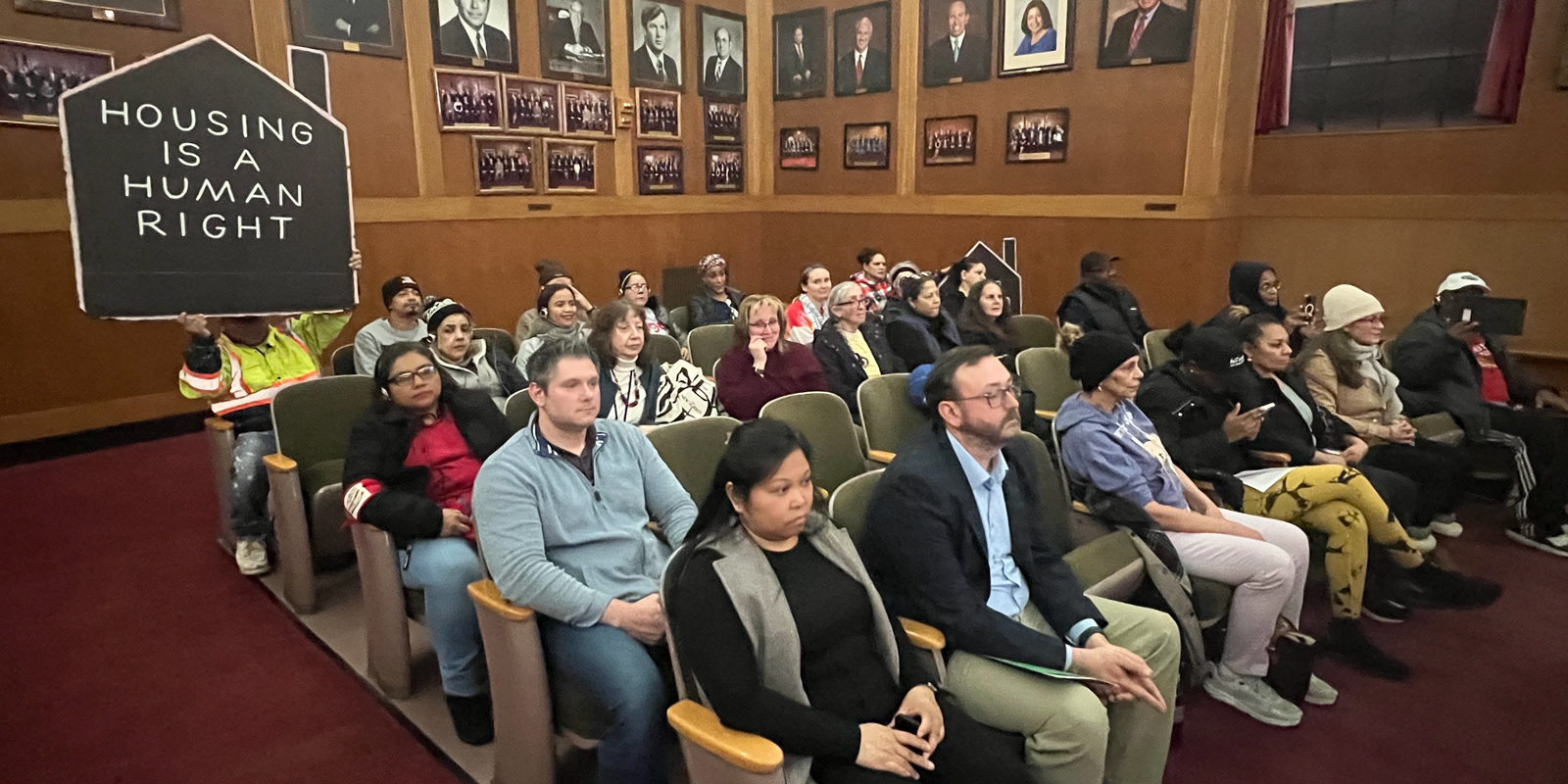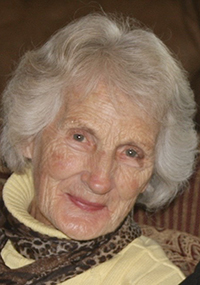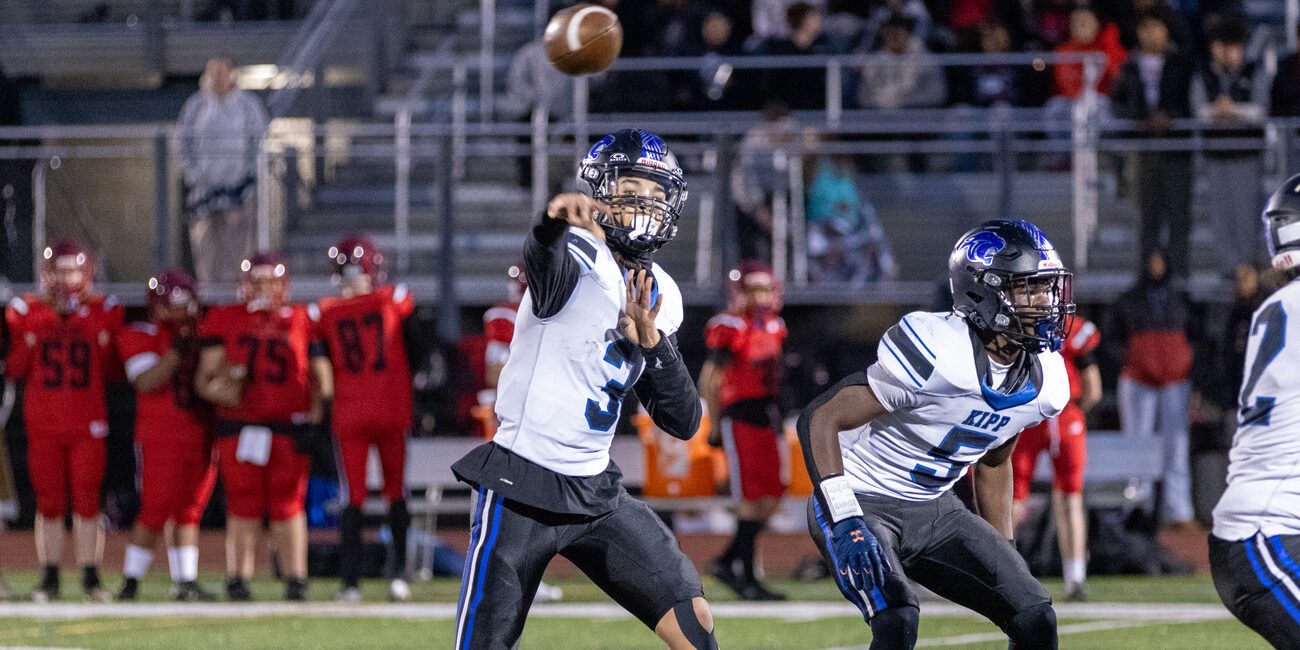CNN
—
The internal Democratic maneuvering to succeed House Speaker Nancy Pelosi is quietly playing out behind the scenes even as lawmakers are completely in the dark about her ambitions and future plans.
Members of Pelosi’s leadership team and those who have ambitions to succeed her have been reaching out to their colleagues and mounting a shadow campaign of sorts that will be ready to launch once Pelosi makes her decision and in time for the November 30 leadership elections.
“I’m getting tons of calls,” said one Democratic member, who like others, asked for anonymity to discuss the sensitive situation candidly. “The top three are mostly just checking in and saying, ‘Hi.’”
Others are preparing letters to announce their bids for the top three spots, planning meetings with new Democratic members next week and are preparing to mount a formal operation to lock down the votes once Pelosi’s future plans become clear, according to multiple Democratic sources.
Pelosi’s decision is not the only one that will set off a leadership scramble: Her top two deputies, Steny Hoyer of Maryland and Jim Clyburn of South Carolina, have not yet signaled their intentions. And if they decide to attempt to succeed her in the top spot, or try to keep a position in leadership, it could lead to a messy internal battle in the aftermath of surprising Democratic wins in Tuesday’s midterms.
Like Pelosi, Hoyer and Clyburn are in their 80s, and are facing calls for generational change even as they command loyalty and respect from various wings of their caucus. If Pelosi were to step aside, the widespread belief internally is that Hakeem Jeffries, the 52-year-old Brooklyn Democrat and current caucus chairman, would be the front-runner. And he and two other Democrats from his generation and who have been at the leadership table – 59-year-old Katherine Clark of Massachusetts and 43-year-old Pete Aguilar of California – are seen as a team that would round out the top three leadership positions.
But those plans could be upset rather quickly since others have signaled interest in leadership spots. Democratic Rep. Adam Schiff, chairman of the House Intelligence Committee, has been quietly meeting with members for months as he sounds out a possible run for Democratic leader, while the head of the Congressional Progressive Caucus, Pramila Jayapal, is also seen as a potential candidate for a spot within the leadership team.
All of this rests, though, on what Pelosi decides to do. The expectation, sources say, is for Pelosi to announce her future once the House is called, and until then even her closest allies and aides do not know what she is going to do, even though she committed to Democrats years ago to step aside after 2022.
“Everyone I think is frozen by the situation,” a senior Democratic aide said.
With tight margins, possibly a razor-thin GOP majority, sources say, it creates a dynamic that calls for a different set of leadership skills.
With Pelosi comes unparalleled institutional knowledge of operating under narrow margins and a staff that has years of experience leading the caucus – something the younger generation lacks. Pelosi has been hearing from some members who are asking her to stay on in the new Congress, even if Democrats are in the minority, two sources tell CNN, citing her ability to maintain discipline, something critical in a narrowly divided chamber.
“The speaker will make an announcement when she makes an announcement,” Drew Hammil, Pelosi’s spokesperson, told CNN in a statement. “Until then, let’s all enjoy watching Kevin McCarthy lose a speakership his party hasn’t even won in the first place.”
Pelosi told CNN’s Anderson Cooper this week that the violent attack on her husband, Paul Pelosi, has impacted her decision about her future – but she did not tip her hand about what direction she will go.
The decision, she said, “will be affected about what happened the last week or two.”
Pelosi describes her experience following husband’s attack that was intended for her
Hoyer and Clyburn have privately and publicly signaled they wouldn’t necessarily step aside if Pelosi announces her move.
“They’ve made very clear that they are not going to abide by her timeline,” one member told CNN.
Hoyer told reporters earlier this week that he is waiting to make his decision until it is determined which party will remain in the majority.
“The impact of what ultimately happens will impact my decision,” Hoyer said.
Clyburn, according to two sources, would step down with an emeritus position should Jeffries become the leader. Clyburn’s office did not respond to CNN’s request for comment for the story.
But Clyburn told Politico that he would not stand in the way of Jeffries ascension.
“There’s nothing I would ever do to impede the progress of our up-and-coming young Democrats and I see him as an up-and-coming young Democrat,” Clyburn said. “He knows that, I didn’t have to tell him that — but I did.”
Whether the South Carolina Democrat would seek to stay in the leadership, though, is uncertain.
“It’s hard to fill in below the top spot until you know who the top spot is,” a senior aide said. “But that doesn’t mean conversations aren’t happening.”
As candidates for the top three are waiting to see what Pelosi does before publicly making moves, Democrats running to round out the bottom half of their party’s leadership have publicly announced and have begun full throttle campaigns.
Democratic Rep. Joe Neguse of Colorado, who currently serves as the co-chair of the Democratic Policy and Communications Committee, announced his run for Caucus Chair to replace Jeffries who is term limited.
The race to lead the party’s campaign arm, DCCC chair, is already heating up after the current chair Rep. Sean Patrick Maloney of New York lost his reelection, who Pelosi reportedly said “took an arrow for us.”
Democratic Rep. Tony Cardenas of California announced his race for the spot on Friday but others are being floated as well including Reps. Ami Bera and Sara Jacobs of California.




















